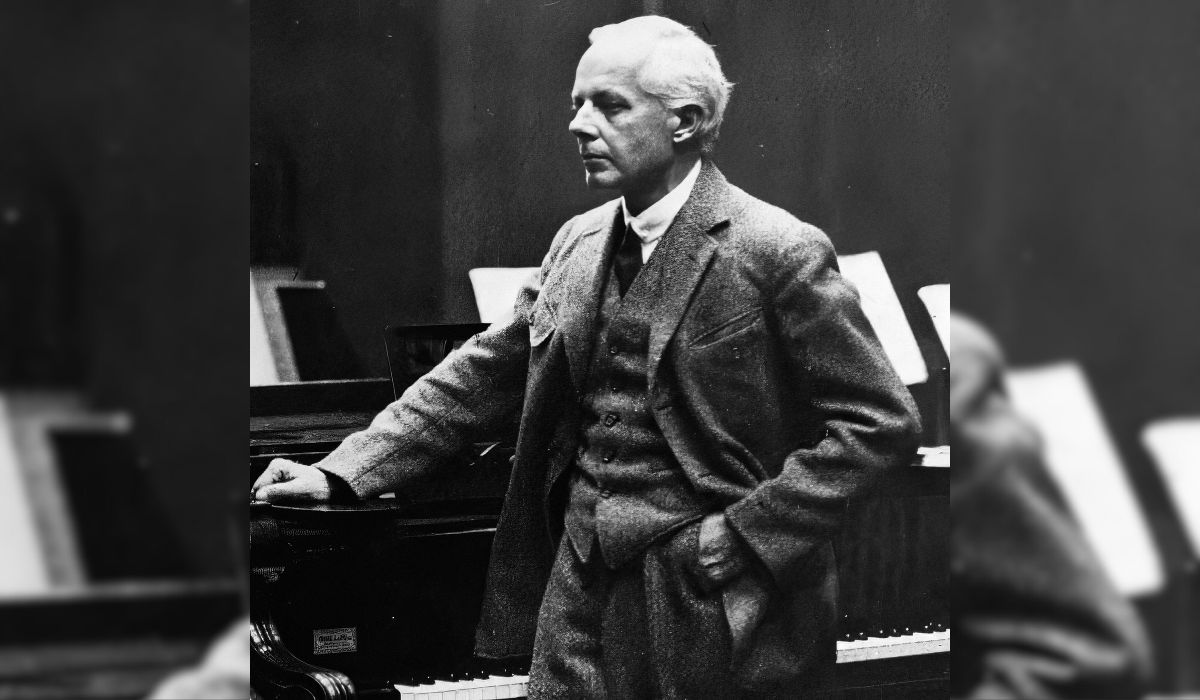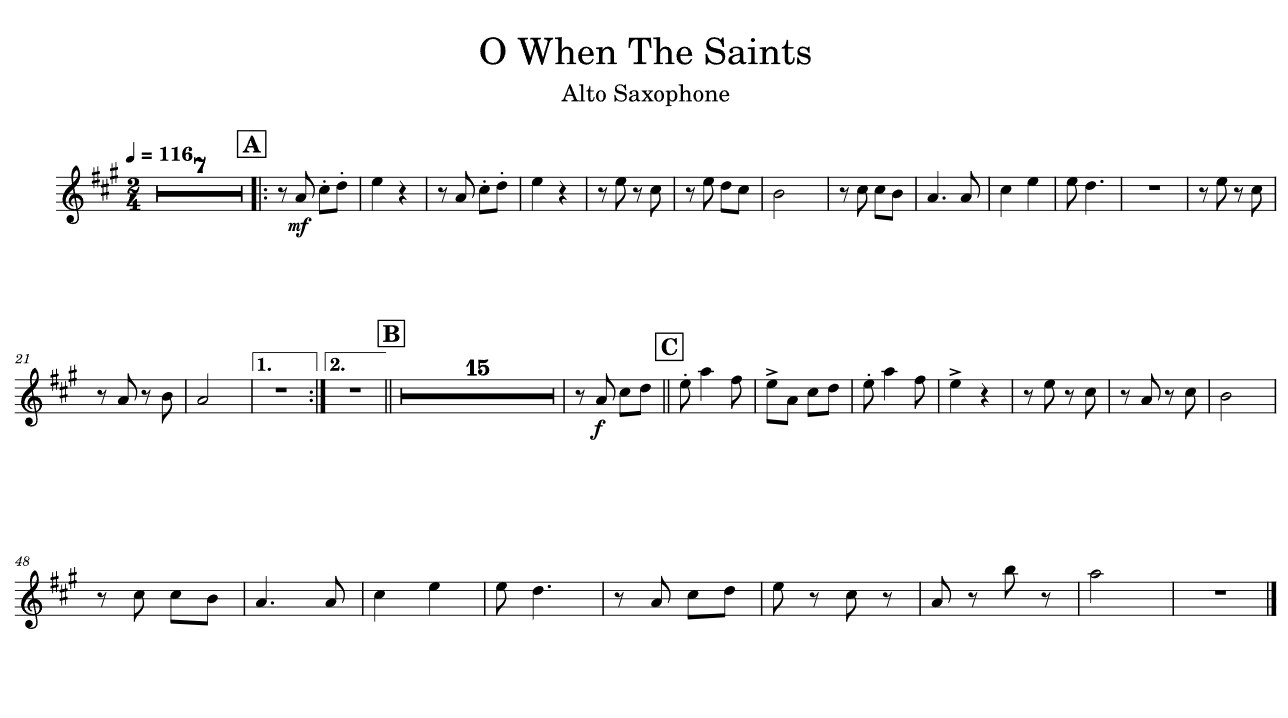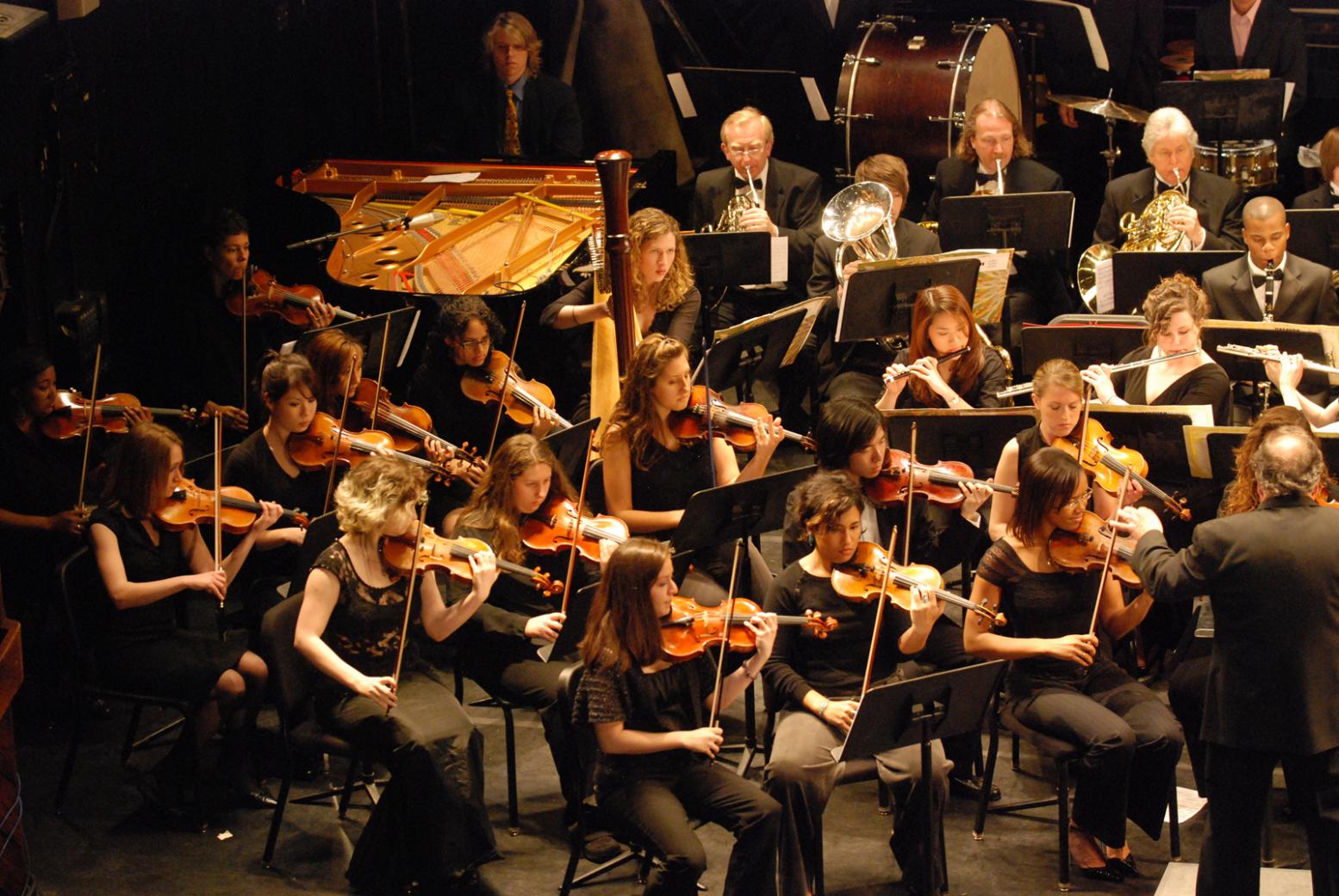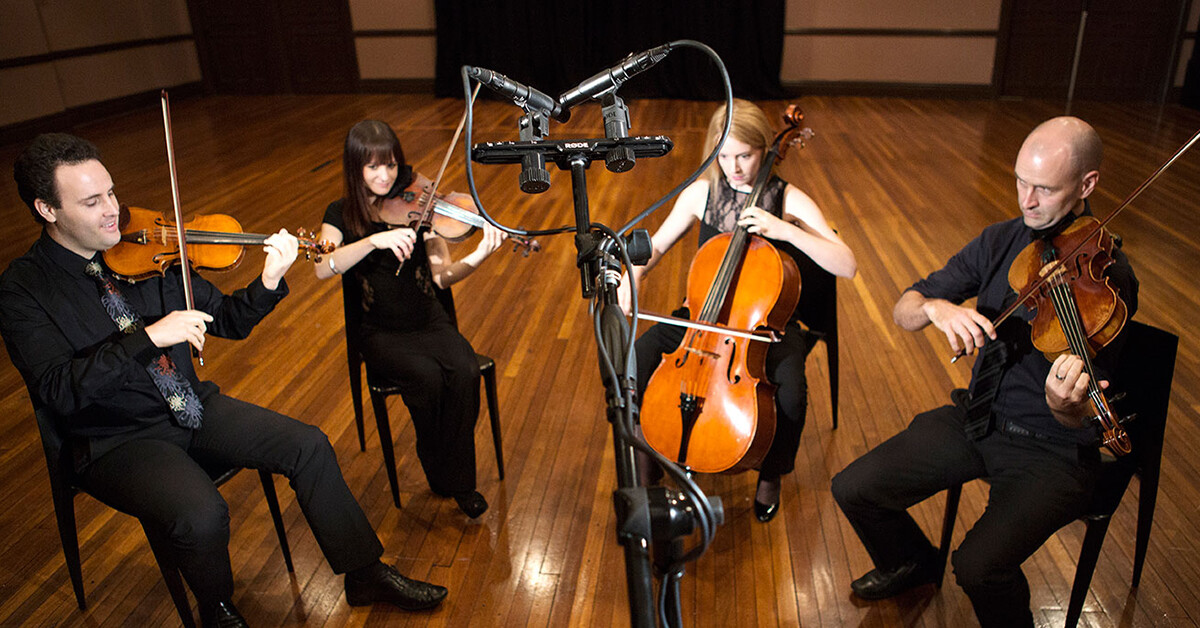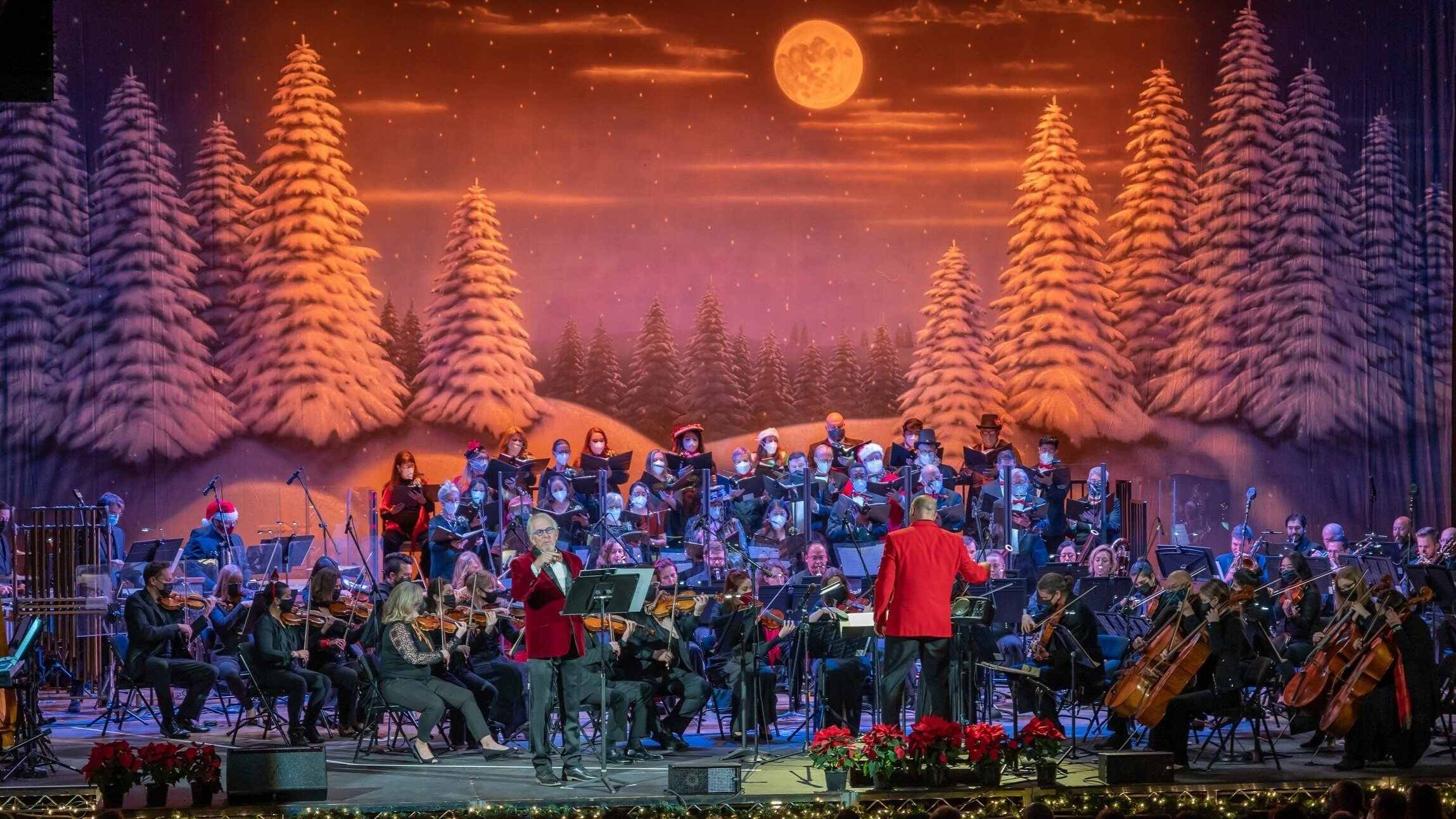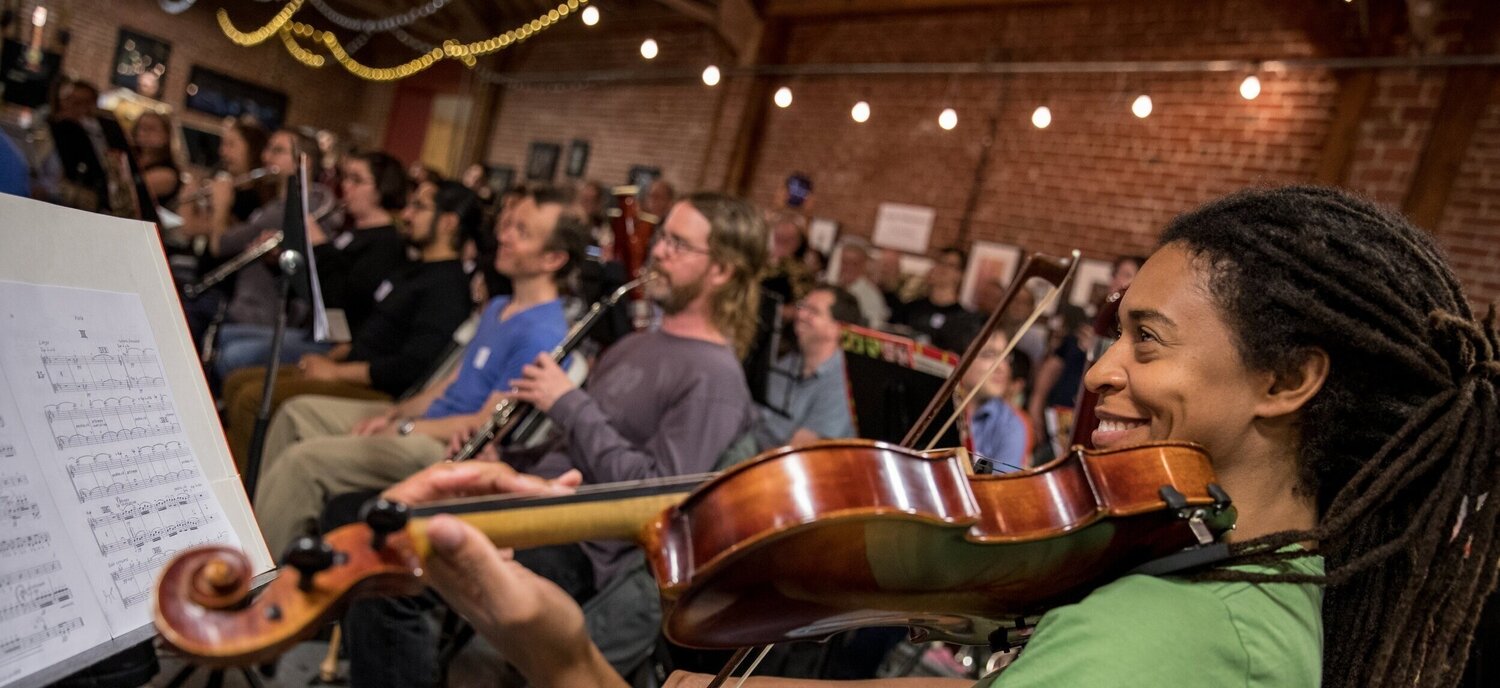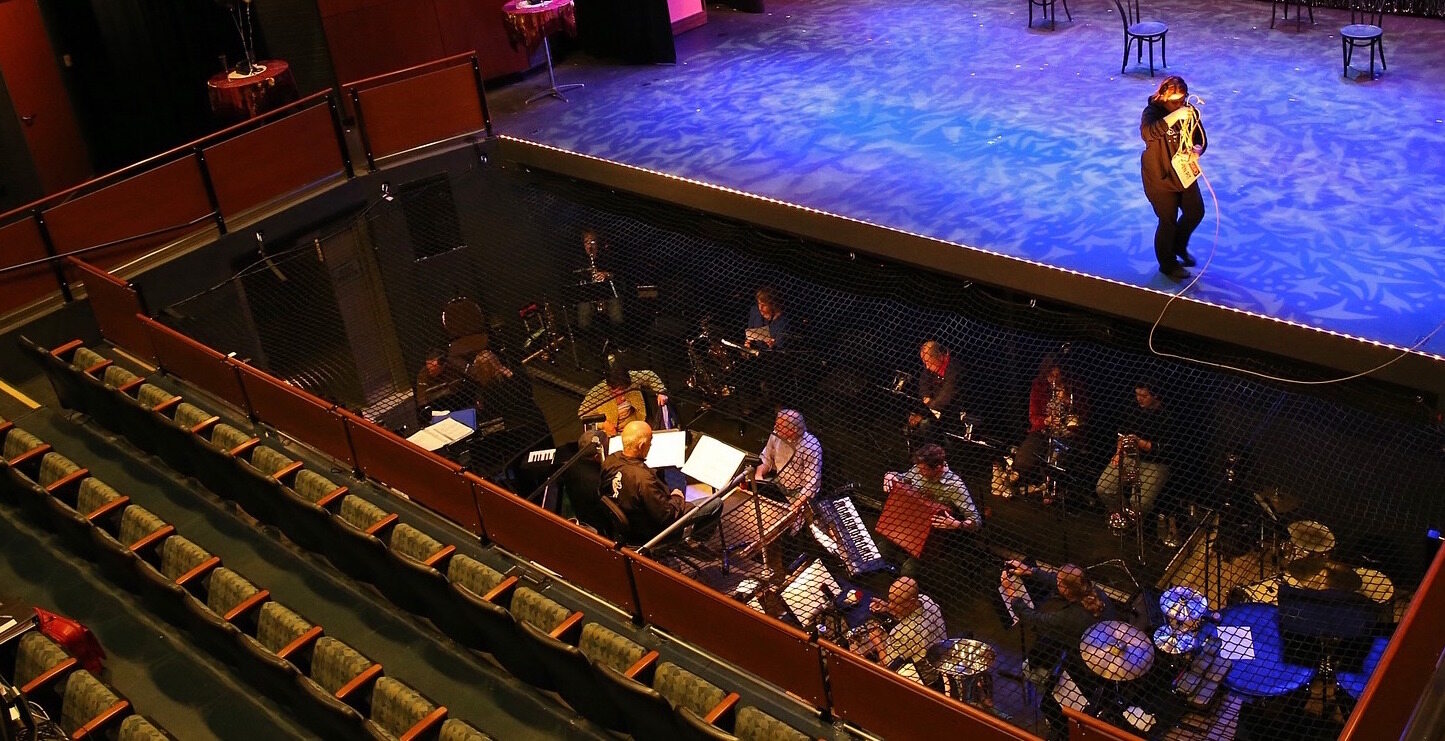Home>Production & Technology>Orchestra>Why Is The Saxophone Not In The Orchestra?
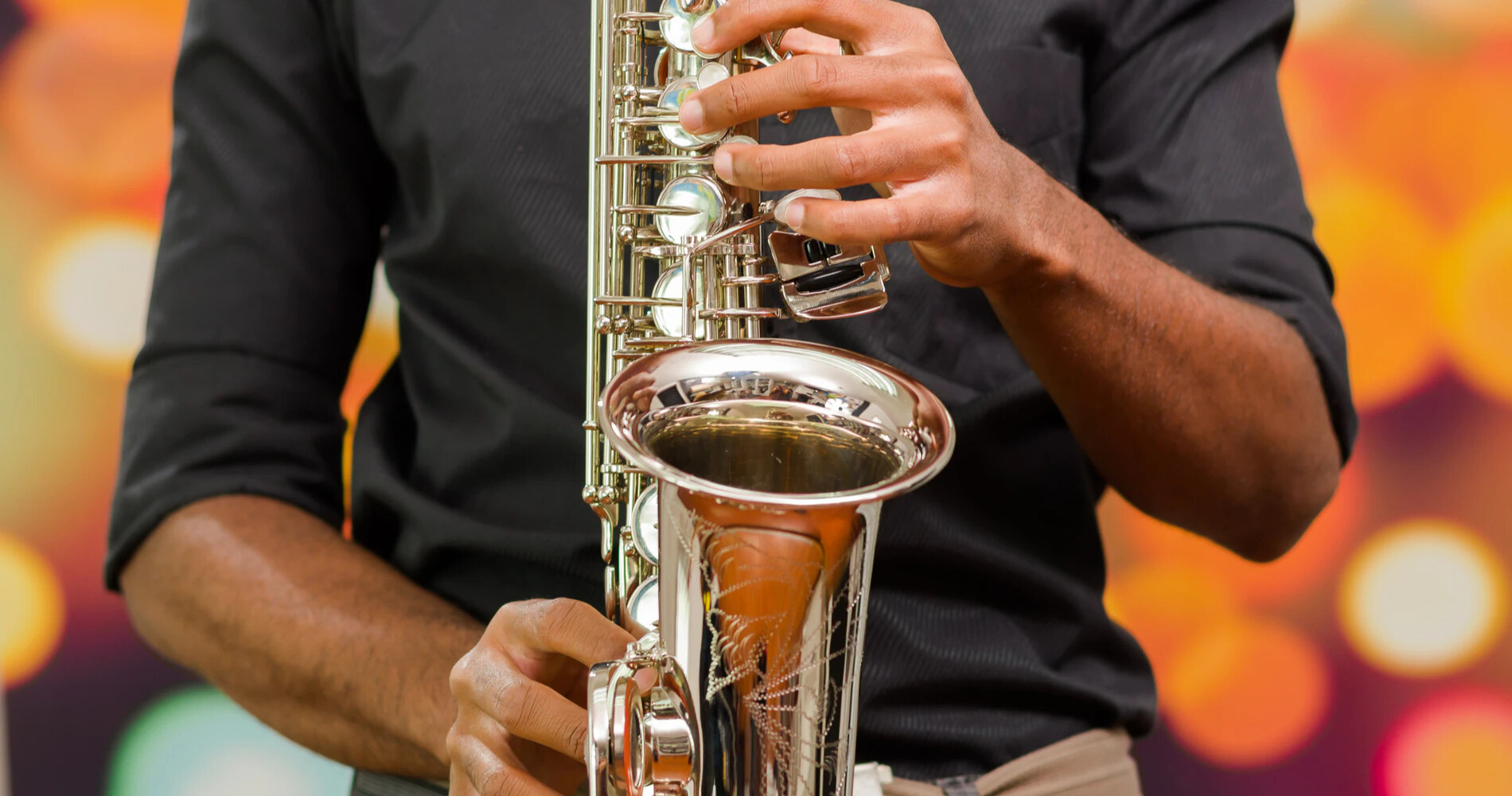

Orchestra
Why Is The Saxophone Not In The Orchestra?
Published: February 23, 2024
Discover the reasons why the saxophone is not commonly found in orchestras and how it differs from traditional orchestral instruments. Explore the unique role of the saxophone in musical ensembles and its impact on orchestral compositions.
(Many of the links in this article redirect to a specific reviewed product. Your purchase of these products through affiliate links helps to generate commission for AudioLover.com, at no extra cost. Learn more)
Table of Contents
Introduction
The saxophone, a versatile and expressive instrument with a rich history, has long captured the hearts of music enthusiasts worldwide. Despite its widespread popularity in various musical genres, including jazz, blues, and contemporary music, the saxophone's presence in traditional orchestras remains limited. This enigma prompts us to delve into the intricacies of the saxophone's relationship with orchestral music, shedding light on its historical significance, modern applications, and the challenges it faces in seamlessly integrating into the orchestral landscape.
The saxophone's unique timbre and dynamic range have made it a beloved instrument in diverse musical settings. Its inventor, Adolphe Sax, crafted this instrument in the 1840s with the intention of bridging the gap between woodwind and brass instruments, resulting in a distinctive sound that defies categorization. From the sultry melodies of the tenor saxophone to the soaring solos of the alto saxophone, the instrument's versatility has earned it a revered place in the realm of music.
As we embark on a journey to explore the saxophone's role in orchestral music, it is essential to understand the historical context that has shaped its trajectory. The saxophone's inception during the Romantic era marked a period of musical innovation and experimentation, yet its integration into orchestras was met with resistance. This resistance stemmed from the traditional orchestral instrumentation, which predominantly featured strings, woodwinds, and brass instruments. The saxophone's distinct tonal quality and unconventional construction posed a challenge to its acceptance within the classical orchestral framework.
Despite these historical barriers, the saxophone has carved a niche for itself in modern orchestral compositions, albeit with certain limitations and considerations. Understanding the complexities of incorporating the saxophone into orchestral arrangements requires a nuanced perspective that encompasses the instrument's technical capabilities, tonal characteristics, and the composer's intent. This intersection of artistry and tradition underscores the ongoing dialogue surrounding the saxophone's place in orchestral music, offering a glimpse into the evolving landscape of musical expression.
As we unravel the mysteries surrounding the saxophone's absence from traditional orchestras, we will uncover the evolving dynamics of musical innovation and tradition, shedding light on the intricate interplay between historical precedent and contemporary artistic expression. Through this exploration, we aim to gain a deeper appreciation for the saxophone's enduring allure and its potential to enrich orchestral compositions with its distinctive voice.
History of the Saxophone
The saxophone, a marvel of musical ingenuity, traces its origins to the early 1840s when the Belgian instrument maker Adolphe Sax sought to create a new instrument that would bridge the tonal characteristics of woodwinds and brass. Drawing inspiration from existing instruments such as the clarinet and the ophicleide, Sax meticulously crafted the saxophone, patenting it in 1846. This invention marked a revolutionary moment in the realm of musical instrumentation, introducing a novel hybrid that defied traditional classification.
Sax's innovative design encompassed a conical body, a single-reed mouthpiece, and a brass body, distinguishing the saxophone as a truly unique creation. Initially crafted in a variety of sizes, from the sopranino to the contrabass, the saxophone's versatility and distinctive tonal qualities quickly garnered attention across Europe and beyond.
During the mid-19th century, the saxophone found favor in military bands and orchestras, where its commanding presence and expressive capabilities elevated musical performances. However, its journey into the realm of orchestral music was met with resistance, primarily due to the entrenched traditions of classical orchestration, which favored a specific ensemble of strings, woodwinds, and brass instruments.
Despite these initial challenges, the saxophone's allure continued to grow, finding a natural home in the realms of jazz, blues, and popular music. Its expressive potential and dynamic range captured the imagination of musicians and audiences alike, propelling the saxophone into the spotlight as a quintessential instrument in various musical genres.
Throughout the 20th century, the saxophone solidified its status as a cultural icon, with legendary musicians such as Charlie Parker, John Coltrane, and Stan Getz harnessing its emotive power to redefine the boundaries of musical expression. The saxophone's evolution from its humble beginnings to becoming a symbol of artistic innovation underscores its enduring legacy and global appeal.
As we reflect on the historical trajectory of the saxophone, it becomes evident that its journey has been shaped by a spirit of inventiveness and a relentless pursuit of sonic excellence. From its inception in the workshops of Adolphe Sax to its widespread presence in contemporary music, the saxophone stands as a testament to the transformative power of human creativity and the enduring resonance of musical innovation.
The Saxophone and Orchestral Music
The relationship between the saxophone and orchestral music is characterized by a complex interplay of historical precedent, artistic innovation, and the evolving dynamics of musical expression. Despite its widespread popularity in various musical genres, the saxophone's presence in traditional orchestras has been a subject of intrigue and contemplation. The instrument's unique tonal characteristics, expressive potential, and historical trajectory have contributed to a nuanced dialogue surrounding its role in orchestral compositions.
In the realm of orchestral music, the saxophone's journey has been marked by a blend of fascination and resistance. Historically, the traditional orchestral framework, rooted in the conventions of string, woodwind, and brass instrumentation, posed a formidable challenge to the saxophone's integration. The instrument's distinct timbre, unconventional construction, and historical association with popular and jazz music created a perceived dichotomy between the classical and contemporary musical spheres.
However, despite these initial barriers, the saxophone has left an indelible mark on orchestral compositions, particularly in the modern era. Composers and arrangers have embraced the instrument's expressive capabilities, incorporating it into contemporary orchestral works to evoke emotive textures and expand the sonic palette of traditional ensembles. This artistic evolution has paved the way for the saxophone to transcend its historical constraints and find resonance within the rich tapestry of orchestral music.
The saxophone's foray into orchestral compositions has also been propelled by the advent of innovative repertoire and commissioned works that showcase the instrument's versatility. Contemporary composers have harnessed the saxophone's evocative prowess to craft compelling symphonic pieces, blurring the boundaries between classical and contemporary idioms. This convergence of artistic vision and technical proficiency has redefined the possibilities of orchestral instrumentation, offering a glimpse into the ever-evolving landscape of musical creativity.
Furthermore, the saxophone's presence in orchestral music has catalyzed a reimagining of traditional performance practices, inviting audiences to embrace the instrument's emotive resonance within the hallowed halls of classical music. Its seamless integration into orchestral arrangements has broadened the sonic horizons of symphonic performances, underscoring the instrument's capacity to enrich the orchestral tapestry with its distinctive voice.
As we navigate the intricate relationship between the saxophone and orchestral music, it becomes evident that the instrument's journey is emblematic of the evolving dialogue between tradition and innovation. The saxophone's enduring allure and its evolving significance in orchestral compositions serve as a testament to the transformative power of musical expression and the enduring legacy of artistic exploration.
Challenges of Incorporating the Saxophone into the Orchestra
The integration of the saxophone into traditional orchestras has been met with a myriad of challenges, stemming from historical, technical, and artistic considerations. These challenges have shaped the perception of the saxophone within the classical orchestral landscape, illuminating the complexities inherent in its seamless incorporation.
Historically, the saxophone's association with popular and jazz music has contributed to a perceived dichotomy between classical and contemporary musical spheres. This historical divide has posed a challenge to the saxophone's acceptance as a staple instrument in traditional orchestras, as it has been traditionally rooted in the conventions of string, woodwind, and brass instrumentation. The instrument's distinct tonal qualities and non-traditional construction have further compounded this challenge, requiring a nuanced approach to its integration into orchestral compositions.
From a technical standpoint, the saxophone's acoustical properties present unique considerations for orchestral arrangements. Its timbral characteristics, dynamic range, and projection capabilities necessitate careful orchestration to ensure a balanced and cohesive sonic landscape. Additionally, the saxophone's transposing nature, with different members of the saxophone family pitched in various keys, adds complexity to score preparation and orchestral tuning, demanding meticulous attention to detail from composers and performers alike.
Artistically, the incorporation of the saxophone into orchestral music requires a delicate balance between honoring established orchestral traditions and harnessing the instrument's expressive potential. Composers and arrangers must navigate the intricacies of blending the saxophone's distinctive voice with the timbral tapestry of the orchestra, harmonizing its emotive resonance with the ensemble's sonic fabric. This artistic endeavor calls for a nuanced understanding of the saxophone's capabilities and an astute awareness of its role within the orchestral context, presenting a formidable artistic challenge.
Furthermore, the historical scarcity of saxophone repertoire within the classical orchestral canon has posed a practical obstacle to its seamless integration. While contemporary composers have increasingly embraced the saxophone in their symphonic works, the legacy of traditional orchestral repertoire has contributed to the limited presence of the saxophone in standard orchestral programming, necessitating a concerted effort to expand the instrument's role within the orchestral repertoire.
Navigating these challenges requires a nuanced and collaborative approach, encompassing artistic innovation, technical expertise, and a reimagining of traditional orchestral conventions. As orchestras continue to evolve and embrace diverse sonic possibilities, the saxophone's integration into the orchestral landscape stands as a testament to the enduring dialogue between tradition and innovation, offering a glimpse into the ever-expanding horizons of orchestral music.
Modern Uses of the Saxophone in Orchestral Music
In contemporary orchestral compositions, the saxophone has emerged as a compelling and evocative voice, enriching symphonic arrangements with its expressive potential and dynamic range. Composers and arrangers have embraced the saxophone as a versatile instrument, integrating it into orchestral works to evoke a diverse array of emotions and textures.
One of the prominent modern uses of the saxophone in orchestral music is its role in thematic development and solo passages. Composers have harnessed the instrument's lyrical capabilities to craft poignant melodic motifs and solos that resonate within the orchestral fabric. The saxophone's ability to convey emotive nuances and soaring melodies has elevated symphonic compositions, offering a distinct sonic palette that transcends traditional orchestral instrumentation.
Moreover, the saxophone's presence in contemporary orchestral music extends beyond traditional tonal expectations, as it is often employed to evoke atmospheric textures and avant-garde sonic landscapes. Its timbral flexibility and evocative potential enable composers to explore unconventional sonic territories, infusing orchestral arrangements with a sense of innovation and sonic diversity.
In addition, the saxophone has found resonance in collaborative dialogues within the orchestral ensemble, engaging in contrapuntal exchanges and thematic interplay with other instrumental sections. This interweaving of saxophone voices with strings, woodwinds, and brass engenders a multi-dimensional sonic tapestry, enriching orchestral performances with a captivating interplay of timbres and textures.
Furthermore, the saxophone's integration into contemporary orchestral music has catalyzed the creation of new repertoire and commissioned works that spotlight the instrument's expressive capabilities. Composers have embraced the saxophone as a focal point in symphonic compositions, crafting compelling passages and ensemble interactions that showcase its versatility and emotive resonance within the orchestral context.
As orchestras continue to embrace diverse sonic possibilities and expand their artistic horizons, the saxophone's modern uses in orchestral music underscore its enduring relevance and potential to redefine the boundaries of symphonic expression. Its seamless integration into contemporary orchestral compositions serves as a testament to the instrument's evolving significance and its ability to enrich the orchestral landscape with its distinctive voice.
Conclusion
In conclusion, the saxophone's journey through the annals of musical history has been marked by a tapestry of innovation, resistance, and artistic evolution. While its presence in traditional orchestras has been met with challenges stemming from historical, technical, and artistic considerations, the instrument has defied categorization and transcended boundaries to carve a niche for itself in contemporary orchestral compositions.
The saxophone's rich history, spanning from its inception in the mid-19th century to its widespread acclaim in jazz, popular music, and contemporary genres, underscores its enduring allure and expressive potential. Despite historical resistance, the instrument has found resonance in modern orchestral works, where composers and arrangers have harnessed its emotive power to craft compelling symphonic pieces that blur the boundaries between classical and contemporary idioms.
As orchestras continue to embrace diverse sonic possibilities and expand their artistic horizons, the saxophone's modern uses in orchestral music underscore its enduring relevance and potential to redefine the boundaries of symphonic expression. Its seamless integration into contemporary orchestral compositions serves as a testament to the instrument's evolving significance and its ability to enrich the orchestral landscape with its distinctive voice.
In the ever-evolving dialogue between tradition and innovation, the saxophone stands as a symbol of artistic exploration and the transformative power of musical expression. Its journey from historical intrigue to contemporary resonance encapsulates the enduring spirit of creativity and the enduring legacy of musical innovation.
As we reflect on the complex interplay between tradition, innovation, and artistic expression, the saxophone's presence in orchestral music serves as a testament to the enduring dialogue between tradition and innovation, offering a glimpse into the ever-expanding horizons of orchestral music.

